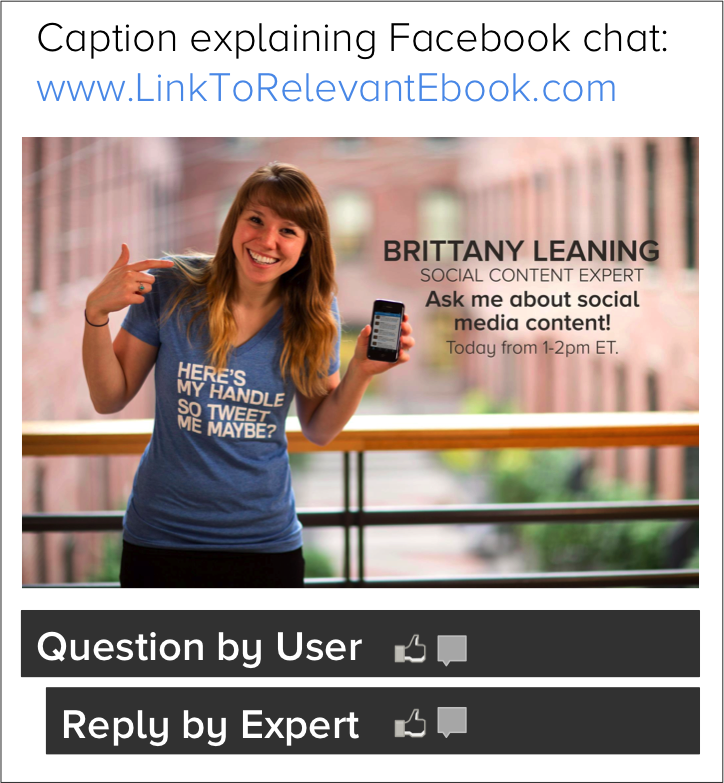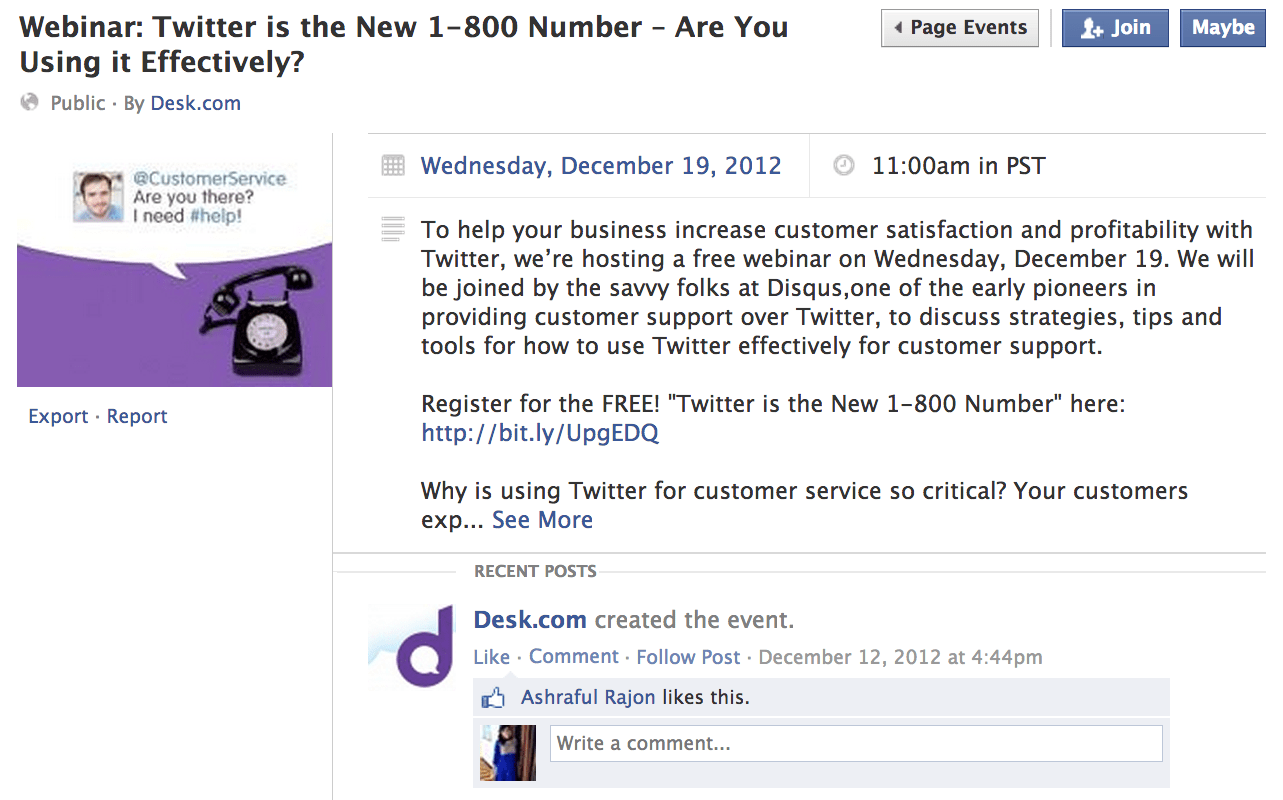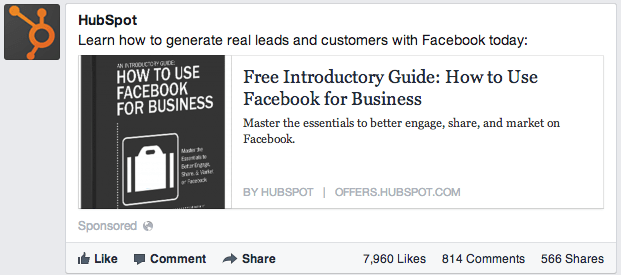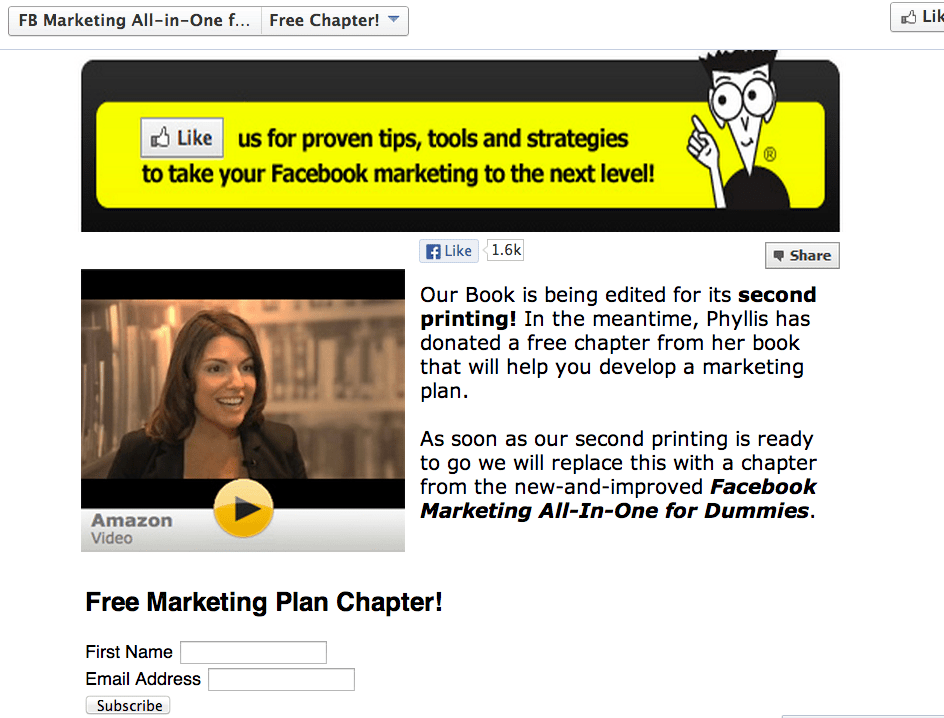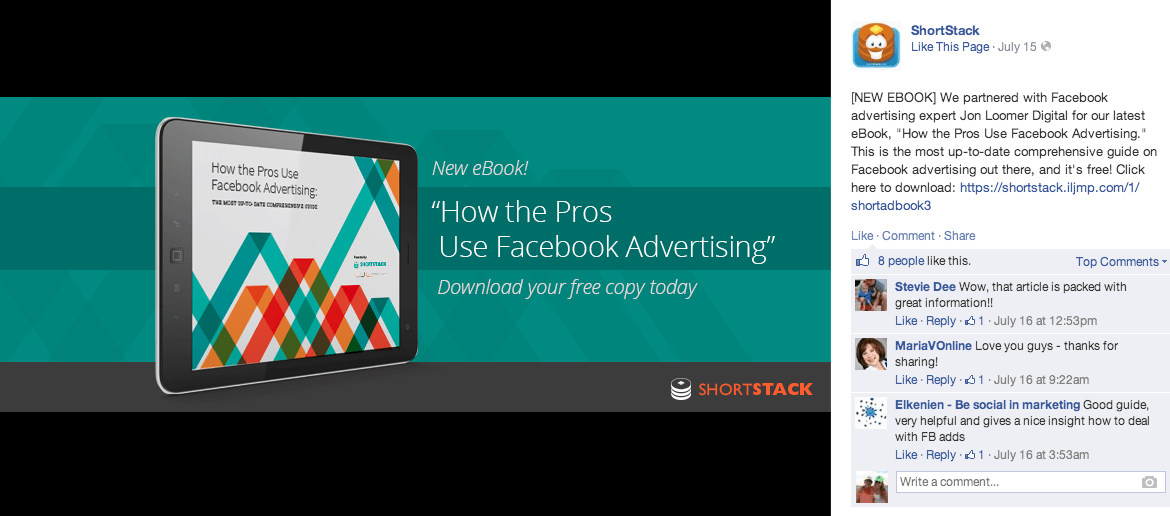
According to The 2013 State of Inbound Marketing Report, 52% of all marketers sourced a lead from Facebook in 2013. And even if you’re not known for your number-crunching abilities, but let’s look at that stat another way: it also means that 48% of marketers have not sourced a lead from Facebook in 2013 … which is definitely a number that needs to change.
Whether you fall in the 48% who need to get started generating leads with Facebook or the 52% who could generate even more leads, we all could probably use a little boost in our lead generation efforts.
And to make sure we’re all on the same page, let’s dive in from the beginning. For those of us who are brand new to inbound marketing or who might need a refresher, let’s backtrack a second and talk about what a lead is in the first place.
What Is a Lead?
Definitions of a lead vary between companies, and the sales process can look different for different niches. In general, a lead is a person who has in some way, shape, or form indicated interest in your company’s product or service by giving you their information. People can show interest in a variety of ways: filling out a form to download an ebook, requesting a demo, or completing an online survey.
A lead is not just a Facebook Like since someone who Likes your page may not be interested in your company or product — he or she may just be Liking your post because it features cute puppies.
Types of Leads You Can Capture on Facebook
Now that we have an established definition of a lead, let’s dive into the two ways you can generate leads on Facebook:
- Direct Leads: Direct leads are generated by sharing content that links directly back to a form on your website where visitors can share information in exchange for an offer — whether that be an ebook, coupon, infographic, or any other piece of content. This form is housed on a landing page dedicated to that specific offer.
- Indirect Leads: Indirect leads are generated by using Facebook on the path to conversion. For example, if you shared a blog post that had a call-to-action to a landing page at the bottom of the post, your initial Facebook share is helping direct visitors to that landing page.
While directly promoting landing pages is an instant gratifier of leads generated, providing content without a form makes your Facebook presence a friendlier home for content that your fans will want to come back for again and again. Now, let’s dive into six ways you can capture leads, whether they are direct or indirect.
6 Ways You Can Capture Leads From Facebook
1) Use Calls-to-Action in Cover Photos
Earlier this year, Facebook removed a clause from the Facebook Page guidelines that prohibited users from using calls-to-action on, or in the caption of, cover photos. This change unveiled various opportunities for you to generate leads through your cover photo.
Here’s a great example from ShortStack, a custom app design company, on how you can promote a lead generation offer through your cover photo:
Notice that besides compelling copy within the cover photo itself, this offer has a link within the caption — something incredibly important that we’ll talk about next.
2) Include Links in Captions
Late last year, we analyzed 8,800 Facebook posts from B2B and B2C companies’ Facebook Pages. The analysis revealed that photos on Facebook Pages received 53% more Likes than the average post. Now while this calls on the importance of using visuals in your Facebook strategy, be sure that you’re also making these photos lead generation opportunities, when appropriate, by including a link back to your website.
Here’s the difference in appearance between a link post and a image post with a link in the caption:
3) Host a Facebook Chat
Similar to a Twitter Chat, a Facebook Chat is a virtual gathering of Facebook users to discuss a common topic. You can use a Facebook Chat to bring fans together around a conversation topic you selected. The key difference between a Facebook Chat and a Twitter Chat is that a Facebook Chat is not hosted on a hashtag — it’s hosted directly within a post on your Company Page.
Here’s what a Facebook Chat format looks like:
The lead generation component comes in when you share a landing page with a relevant resource throughout the chat. Whenever a question is posed that can be answered in a blog article, ebook, or other resource you have on your website, use it for an opportunity to link to that site page. That will give your Facebook Fans a ton of resources to learn from — and give you more opportunities to convert them into leads. If you’re looking for some tips for running a Facebook Chat, check out this blog post.
You can also generate leads by participating in other Facebook Chats — just be sure you offer resources in a helpful, not spammy, way.
4) Make Facebook Events for Webinars
While we’ve already covered sharing landing pages with dedicated content offerings such as ebooks or coupons, another lead generating content type is through webinars.
If you decide to host a webinar, capture leads from Facebook by creating a Facebook Event with a separate registration page on your website. This way, once you invite someone to a Facebook Event, they’ll receive notification for popular activity on that Event page — and you’ll have them registered as a lead on a separate landing page. Bonus: a Facebook Event is more visible than a standard Facebook post.
Here’s an example webinar Event Page created by our friends over at Desk.com:
5) Use Targeted Advertising to Extend Your Content’s Reach
According to a Vizu/Digiday study via eMarketer, 64% of U.S. advertisers are upping their social ad budget in 2013. We’re not entirely surprised — Facebook has very sophisticated targeting options that can help you reach the right Facebook Fans with content they would like at the right time. And, since you’re not doing the “spray and pray” approach with your advertising, it’ll be much easier to prove the ROI of your Facebook ads.
While we won’t go too much in depth on Facebook advertising (you can download the ebook if you want to learn more), here’s an example of a Facebook ad that in a user’s Facebook News Feed that targets people based on their interests:
6) Build Forms on Tabs
If you have some coding and design help, another viable option for collecting information on Facebook is to have your forms live right on the platform. Forms can be built on a custom tab on the Page. Since forms on Facebook pages serve the same purpose as landing pages, they offer some incentive for the information exchange: give your email to get a coupon, deal, or a free content. The best part about this type of lead generation is that Facebook Fans won’t have to interrupt their time on Facebook to download your offer.
Here’s an example from Andrea Vahl’s Facebook Marketing for Dummies Facebook Page:
These are just a couple ways you can generate leads from Facebook, so we’d love to hear from you. How do you generate leads through Facebook? What works — and doesn’t work — for your Facebook Fans?
Source – [Hubspot]


